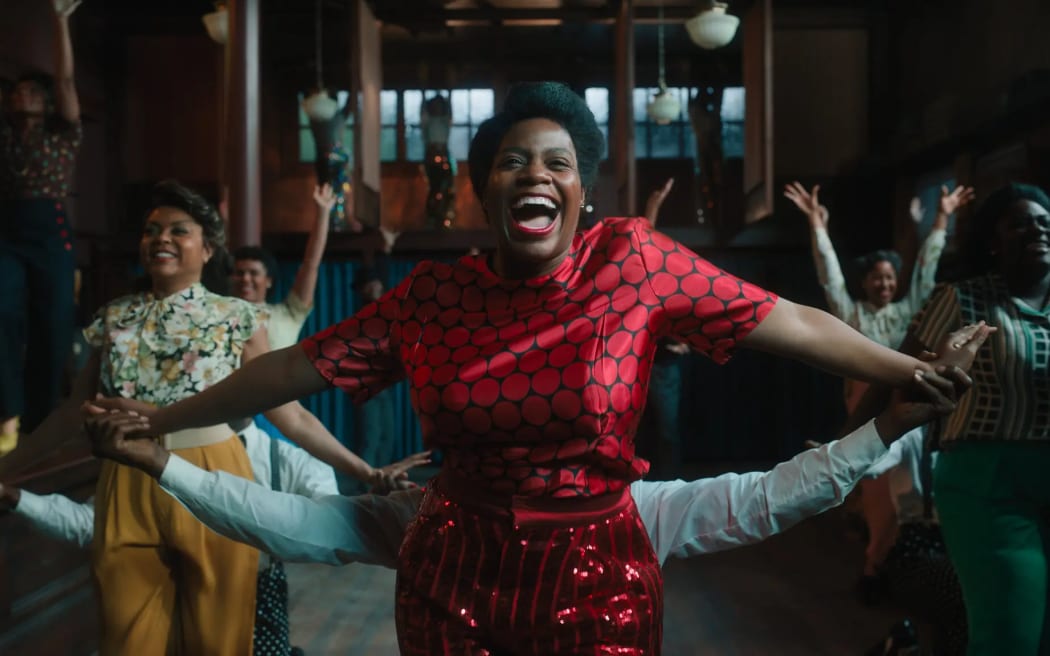Somehow, I got through the Eighties without ever seeing The Color Purple. It was Steven Spielberg’s first “serious” movie after a career devoted to blockbusters, and it launched the careers of stars Whoopi Goldberg and Oprah Winfrey.

Photo: Screenshot
Now the three have joined forces to produce the remake, nearly 40 years on.
But that’s not quite the whole story. Between those two films, Alice Walker’s novel was turned into a hit Broadway musical - not once but twice – and this film is basically a rendition of that show.
Can this Color Purple break the current curse of Broadway hit musicals to Hollywood flops?
The notorious failure of Cats alone has meant that often films like La La Land, The Greatest Showman, Mean Girls and Wonka all have to pretend they’re not musicals at all. Including much of the publicity for The Color Purple.
But in fact, the most off-putting thing about this film isn’t the songs or the dancing. It’s how dark it is – particularly if you were fooled by the sunny opening in 1900s Georgia.
We meet two teenage sisters, Celie and Nettie, happily getting ready to go to church.
There’s uplifting gospel music, there’s all sorts of sisterly love, and arriving on an old horse, there’s the charming Mister, plucking away on his old banjo.
I don’t know what it is about banjos that signify villainy in rural American movies these days. But that’s not the worst.
Teenage Celie has a baby – two babies in fact – both packed off for adoption. She’s sold into marriage by her wicked stepfather. Then her sister Nettie’s run off both the farm and indeed most of The Color Purple. What sort of musical is this?
So now the story is entirely that of poor Celie, played by Fantasia Barrino, who in the tradition of this sort of story is punished over and over again by the ghastly men in her life.
Led of course by the banjo-plunking Mister – yes, she married him.
When you turn a famous book, then movie, into a musical you have to make room for an awful lot of uplifting songs.
And to make room for ‘Hell no’, ‘I’m here’, (“Push da Button”) and the aptly-named ‘Mysterious Ways’ you have to lose a certain amount of explanation and motivation.
Characters mysteriously appear and then vanish like Mister’s infant son Harpo, now suddenly in his twenties with a stroppy girlfriend called Sofia.
And here comes Mister’s old girlfriend Shug, played by Taraji P Henson, who not only takes over both Mister and Celie but the whole movie as well.
To make all these plots, subplots and half-plots come out properly you need one of the great Hollywood directors. But producer Steven Spielberg was probably right not to revisit his old hit.
As he learnt a year or so ago with West Side Story, there’s no percentage in remaking a well-known, and well-loved, movie. No matter how hard you work, it’ll never be as good as the film in people’s memories.
That’s the difference with a stage version of a musical. Just being there in a full house, applauding the live performances, and joining in on the choruses, you can forgive any lapses in a story.
Somehow, watching it on film in a half-empty cinema – or worse, on your laptop – isn’t quite the same thing.

